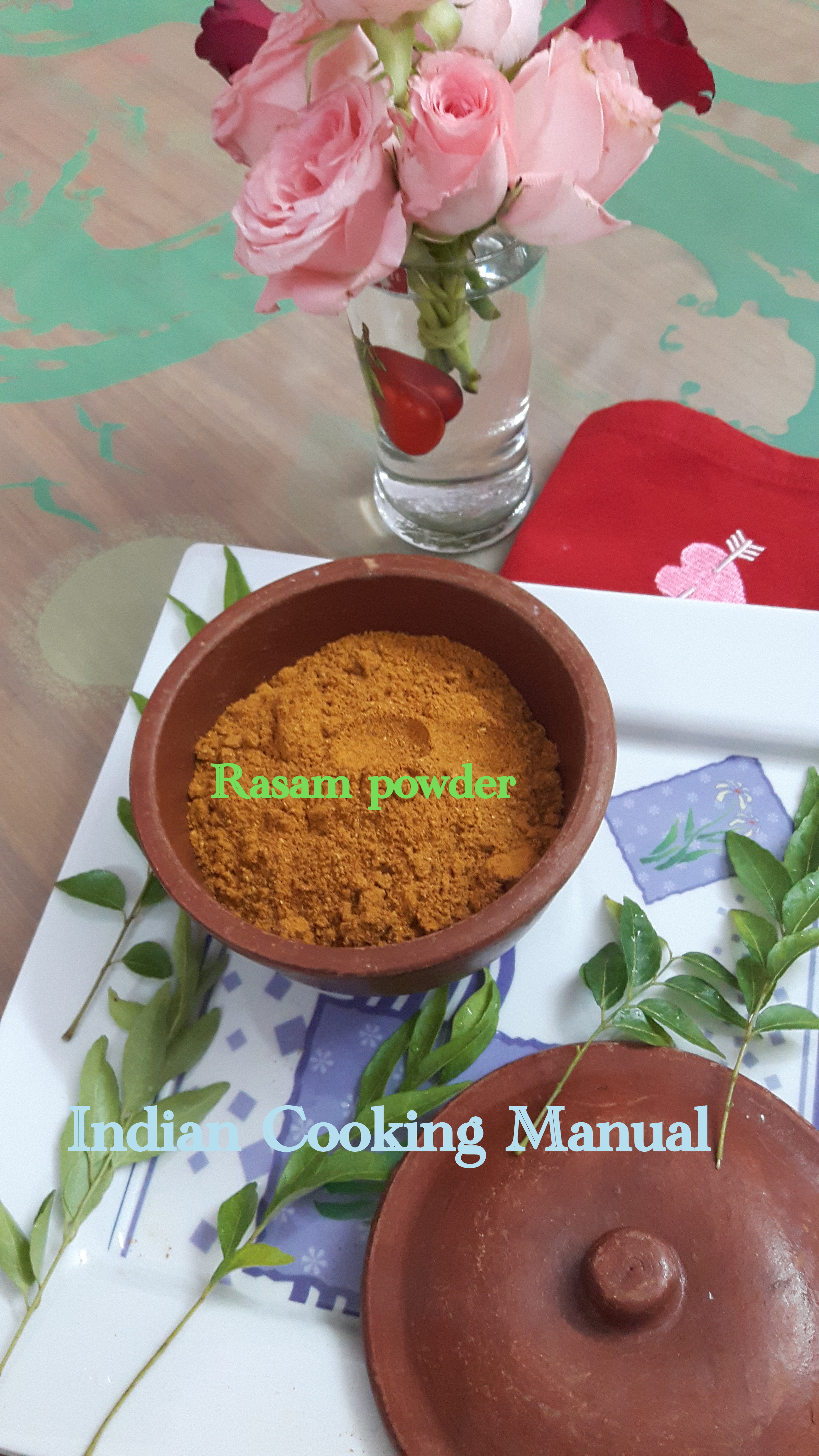Are Medicinal Mushrooms from China Safe?
페이지 정보

본문
 You’re looking to buy medicinal mushroom products from China but are unsure if they’re safe. It’s a common concern in the medicinal mushroom industry. Usually, consumers are concerned that mushroom products from China are dirty or that they are grown in polluted environments that contain heavy metals. And unfortunately, many prominent brands in the US-based mushroom industry are spreading this information as part of a targeted marketing strategy. In this article, we hope to dispel some of the misinformation and misconceptions about purchasing mushroom products from China, and how to know whether the product you’re looking to purchase is safe to consume. If you beloved this short article along with you wish to obtain details relating to Supplier of shiitake mushroom extract powder as Raw Material for drinks generously visit our own web site. It’s no secret that mushrooms have been used in Traditional Chinese Medicine for thousands of years. In fact, the first reference to reishi (Ganoderma lucidum) appeared in Chinese text just over 2,000 years ago. But that’s not all. Images of reishi can be found in women’s jewelry, art, carvings, and furniture in that same timeframe. But imagery and references aren’t the only way mushrooms were used in ancient Chinese history.
You’re looking to buy medicinal mushroom products from China but are unsure if they’re safe. It’s a common concern in the medicinal mushroom industry. Usually, consumers are concerned that mushroom products from China are dirty or that they are grown in polluted environments that contain heavy metals. And unfortunately, many prominent brands in the US-based mushroom industry are spreading this information as part of a targeted marketing strategy. In this article, we hope to dispel some of the misinformation and misconceptions about purchasing mushroom products from China, and how to know whether the product you’re looking to purchase is safe to consume. If you beloved this short article along with you wish to obtain details relating to Supplier of shiitake mushroom extract powder as Raw Material for drinks generously visit our own web site. It’s no secret that mushrooms have been used in Traditional Chinese Medicine for thousands of years. In fact, the first reference to reishi (Ganoderma lucidum) appeared in Chinese text just over 2,000 years ago. But that’s not all. Images of reishi can be found in women’s jewelry, art, carvings, and furniture in that same timeframe. But imagery and references aren’t the only way mushrooms were used in ancient Chinese history.

But volume isn’t the only trend that China is adapting for. With the continuous growth of income of urban and rural residents in China, the improvement of purchasing power, and the transformation of comprehensive health awareness and consumption concept, consumers' demand for food is no longer the primary condition of food and clothing, and more attention is paid to food safety, nutrition and health care functions. Based on the public's pursuit of healthy life, the status of edible mushroom products in consumers' dietary structure is increasing. The same report shows the US being one of the fastest growing markets for edible and medicinal mushrooms. And so quality will become increasingly important to the growth of this crucial market. Most people who are worried about consuming mushrooms from China are concerned about the harmful presence of heavy metals. Unfortunately, there is a lot of misinformation out there when it comes to the quality of product from China.
Mushrooms have an innate ability to absorb whatever they grow in. So the quality of their growing environment is critical to the quality of the product. And the FDA does not require third-party testing for supplement brands. That means some companies could be lying to you about what’s truly included in their products - or how they’re grown. With that said, many Americans believe that mushrooms from China are growing in polluted and unclean environments. This is not unique to the mushroom industry. In fact 7% of people in a survey said the very first thing they think about when talking about China is pollution (4%) or bad quality products (3%). An additional 4% thought generally with bad adjectives. This is the first thing that people thought of. There are undercurrents of general mistrust and wariness around Chinese products and it appears this sentiment is growing over time. But it’s not just individuals who have misgivings about the quality of mushrooms from China.
The mushrooms in :rise are not extracts but are rather unextracted, whole food mushroom powders that contain all the compounds produced by each mushroom species over the course of their entire life cycle. This contrasts with extracted mushroom products that contain concentrated amounts of isolated active ingredients (i.e. beta-glucans) that are concentrated using an industrial extraction process (hot water and/or alcohol). Typically, mushroom extracts are a product of China and may bioaccumulate undesirable compounds from growing in a polluted environment with contaminated air, water, or substrate materials. These compounds may also be concentrated in the industrial extraction process. This rhetoric from a large and otherwise trustworthy company contributes to the potentially harmful idea that all mushrooms from China are harmful. At the time of this article, MudWtr would not release their third-party lab testing to us. It’s true that there are likely some producers of mushrooms in China who are not following USDA organic growing standards. In the same way that some US-based farms aren’t.
- 이전글Answers about Video Games 24.07.05
- 다음글Dont Fall For This China Shiitake Mushroom Extract Scam 24.07.05
댓글목록
등록된 댓글이 없습니다.